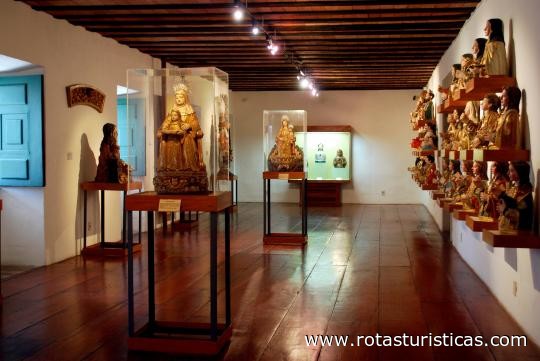Salvador, Bahia, Brazil
Suggest Place to Visit
7884
Track to location with GPS |
 |
The Sacred Art Museum of the Federal University of Bahia is a Brazilian museum of sacred art located in Salvador (Bahia).
It was restored in 1958, almost in ruins, by the Federal University of Bahia (UFBA), through an agreement with the Archdiocese of São Salvador da Bahia. An initiative of the then rector Edgard do Rego Santos, probably creating the largest center for the study of sacred art in Brazil.
It was inaugurated on August 10, 1959, on the occasion of the IV International Colloquium of Luso-Brazilian Studies, and became part of the UFBA structure as a supplementary organ.
In the 17th century, six religious from the Barefoot Carmelite Order arrived in Bahia (Salvador) bound for Angola to, by order of the King of Portugal, found a convent. For lack of a vessel - a frequent fact at the time, they were forced to stay in Salvador for eight months. With difficulty in finding suitable facilities, they had the idea of founding in the promising capital of the Portuguese colony the Convent of Santa Teresa.
To this end, they obtained authorization (Carta Régia) on June 25, 1665 and, in the same year, landed in Bahia on the vessel of Domingos Quaresma. The religious were: Friar José do Espírito Santo, prior, and his convents Friar Manoel de Santo Alberto, Friar Jerônimo de Santo Alberto, Friar João das Chagas, and the lay brothers Frei Francisco da Trindade and Frei Antônio da Presentation.
Little is known about the construction of the 17th century building, which was compared with the Remédios convent in Évora of the same Order. A hypothesis raised by Dom Clemente da Silva Nigra - director of the Museum in the period of its restoration (1958-1959), was that Frei Macário de São João was probably its builder - whose influence is present in the downed arch that supports the church choir.
Around 1686 the works of the convent were concluded with a solemn religious act in the new church (still unfinished), which was attended by political and ecclesiastical authorities, and by the Marquis of Minas, then governor-general of the colony. Completed in 1697, the Church of Santa Teresa was then inaugurated, when the image of Nossa Senhora do Monte do Carmo was transferred there. Another image donated to the convent, coming from Lisbon, was that of Nossa Senhora da Piedade, under the management of Friar Manuel da Madre de Deus, in 1706. During the administration of the prior, Friar Diogo de Santo Tomás de Aquino (1737-1739) the tiles that adorn the church were installed and the stone toilet in the sacristy was built.
The end of the 18th century was marked by popular emancipationist manifestations that influenced the direction of the history of the Convent of Santa Teresa. From its occupation by the Portuguese soldiers of General Madeira, and then by the 708 men of the Liberation Army, when the "Câmara da Cidade" expressed its dissatisfaction with the "terésios", until the "Federalist Revolution" of 1833, which intended to abolish the " Regular Order of Santa Teresa ", which only occurred, under Law No. 129, on June 2, 1840.
With the Convent practically uninhabited for years, and the Archiepiscopal Seminary with precarious facilities, the president of the province, Dom Francisco de Sousa Paraíso, and Archbishop Dom Romualdo Antônio de Seixas authorized the transfer of the Seminary there. In 1856, Dom Romualdo passed the administration on to the Lazarist priests, who in turn passed it on to secular priests, who occupied the Convent for over 20 years, returning, once again, the direction of the Convent to the Lazarists, in 1888. The Lazarist administrations mischaracterized the monument with many reforms and extensions. In 1953, the Seminar was transferred to another area (São Gonçalo) leaving the Convent in a very bad state of conservation.
It was then that, in 1958, the Federal University of Bahia and the Archdiocese of Salvador restored the convent-museum. The building was restored by the University of Bahia Works Service, under the supervision of the National Historical and Artistic Heritage Institute. The restoration of the artistic works was in charge of a team headed by Professor João José Rescala.
The Museum of Sacred Art of the Federal University of Bahia, restored, opened its doors with an exhibition composed of pieces from the collection and various institutions and collectors. Its architectural ensemble enjoys a privileged view of the sea: the Bay of Todos os Santos, from the island of Itaparica to that of Maré. The interior of the temple, with a single nave, is covered by vaults reinforced with stonework arches; the choir is located on vaulted edges and an almost flat arch - typical of 17th century Portuguese-Brazilian architecture; confessionals were built in the building itself to allow confessions to be made without the priests leaving their enclosure. In addition to the church, sacristy, choir, interior chapel, cafeteria, chapter room and library, the complex has 16 halls, 12 rooms, 10 cells, long corridors and galleries and two stone staircases with 17th century tile panels on the walls. . The total area of the complex is 5261 m², with 100 doors and 146 windows.
Part of the pieces that make up the collection of the Museu de Arte Sacra are owned by the Archdiocese of São Salvador, the Monastery of São Bento, the Brotherhood of SS. Sacramento do Pilar, Convento dos Perdões and several churches, in addition to the Abelardo Rodrigues collection.
The Museum maintains a permanent exhibition of its collection, which covers the 16th, 17th, 18th and part of the 19th centuries.
Some pieces from the Museum, transcribed from the book "50 Pieces from the Museum of Sacred Art of Bahia", by Professor Valentin Calderón de La Vara, Edition by agreement between the Federal University of Bahia and Dow Química S.A, in 1981:
Sculptures
Our Lady of Wonders
Our Lady of Montesserrate
Our Lady of Conception (Penedo)
Our Lady of Guadalupe
Sant'Ana Mestra
Our Lady of Conception (ivory)
Santa Teresa
The Good Shepherd (ivory)
Our Lady of Mount Carmel
Santa Isabel, Rainhda from Hungary
Crucifix
Our Lady and Saint John
Crucifix (Ivory Christ)
Adoration of the Shepherds
Our Lady of Conception with the Royal Crown of Dom João IV
Our Lady of Conception
Our Lady with the Child Jesus
São Joaquim, Sant 'Ana and Our Lady
St. John the Baptist
Our Lady of Rosario
Our Lady of Mount Carmel
Our Lady of Conception (ivory)
Our Lady
Torch Angel
Lord of the Cold Stone
Our Lord of the Column
Walk with Baby Jesus
Sant 'Ana and Our Lady
Senhor Menino Deus, in Monte
Salvador
Saint Augustine
Silverware
Chalice-Custody
Naveta
Processional Cross
Scope
Altar Stool
Cruet
Custody
Basin and Gomil
Torch
Lamp
Altar and Tabernacle
Sacra
Paintings
Our Lady of the Assumption
Our Lord after the Flagellation
Saint John of God in Glory
The paintings by José Joaquim da Rocha, José Teófilo de Jesus and others are under the guard of MAS.
Furniture
Arcaz of SAcristia
Altar-Closet
Aula Magna Chair
Comments
We don´t have yet any comments about:
Museum of Sacred Art
Museum of Sacred Art
Be the first to leave a comment as it is very important to inform other people
Outros locais a visitar
Within a radius of 20 km from:Museum of Sacred Art
Tile Museum |
| 0,3 Km |
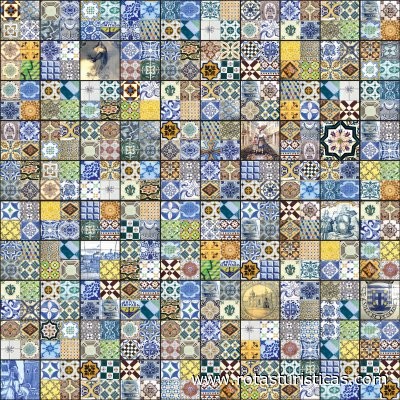 |
Rio Branco Palace |
| 0,5 Km |
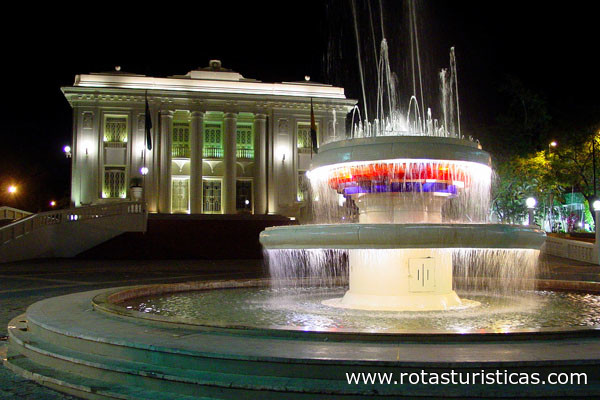 |
Palacio do Governo |
| 0,5 Km |
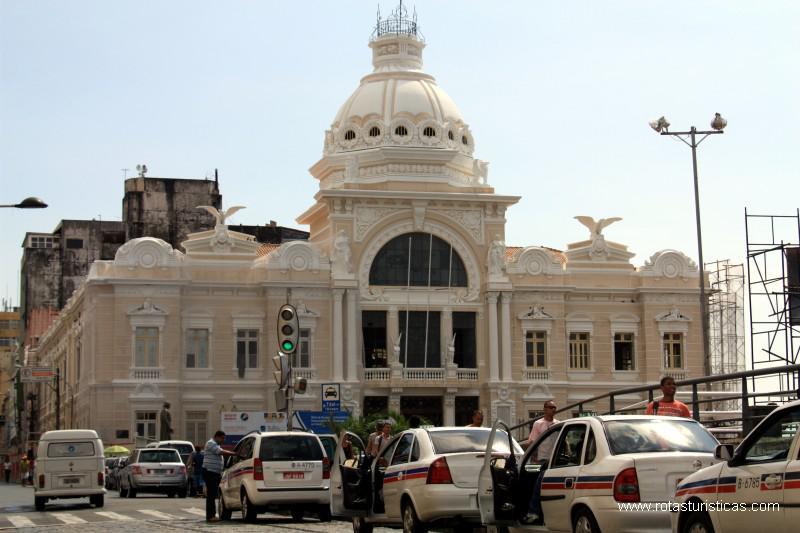 |
Museum of Mercy |
| 0,7 Km |
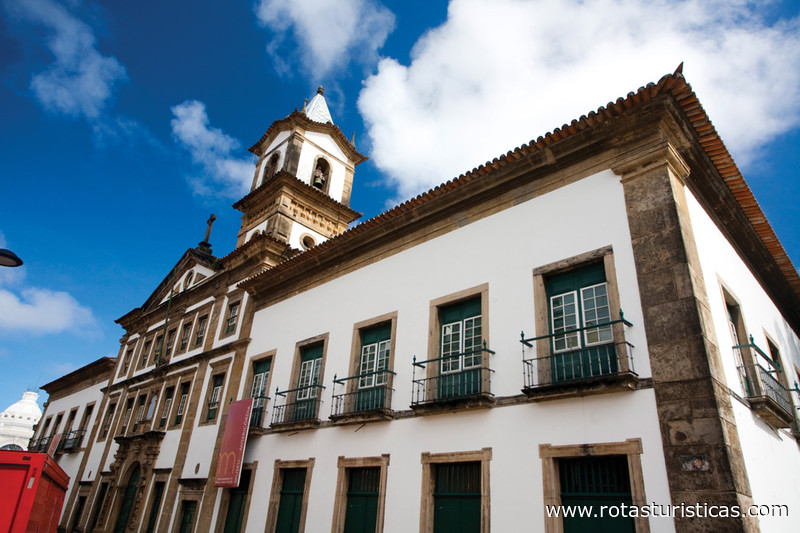 |
Salvador - Informação Geral |
| 0,9 Km |
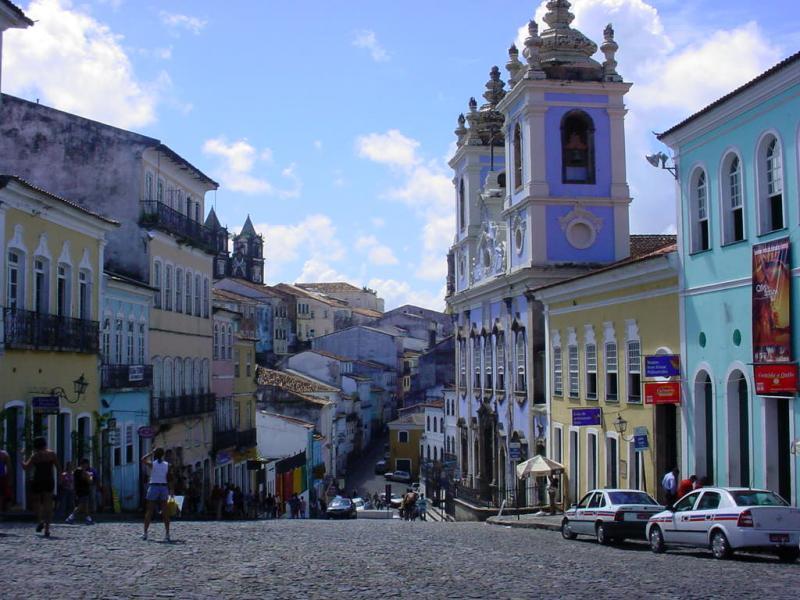 |
San Francisco Third Order Courtyard (Salvador da Bahia) |
| 0,9 Km |
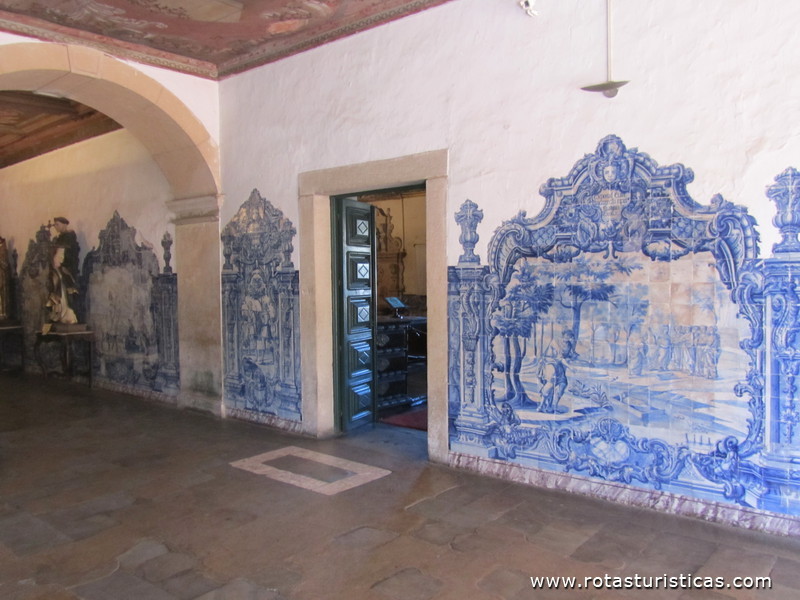 |
Museum of Brazilian Music |
| 1,0 Km |
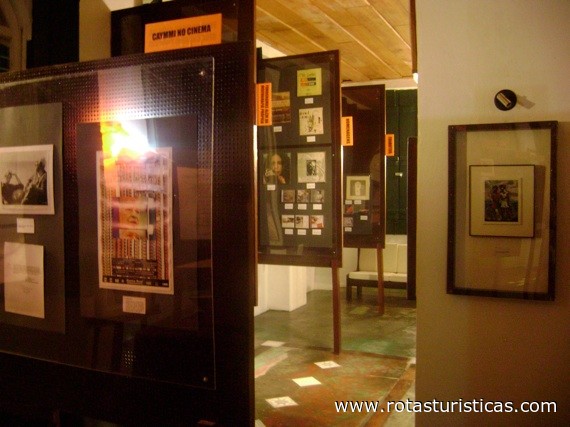 |
Santa Maria Fort - Porto da Barra (Salvador da Bahia) |
| 1,0 Km |
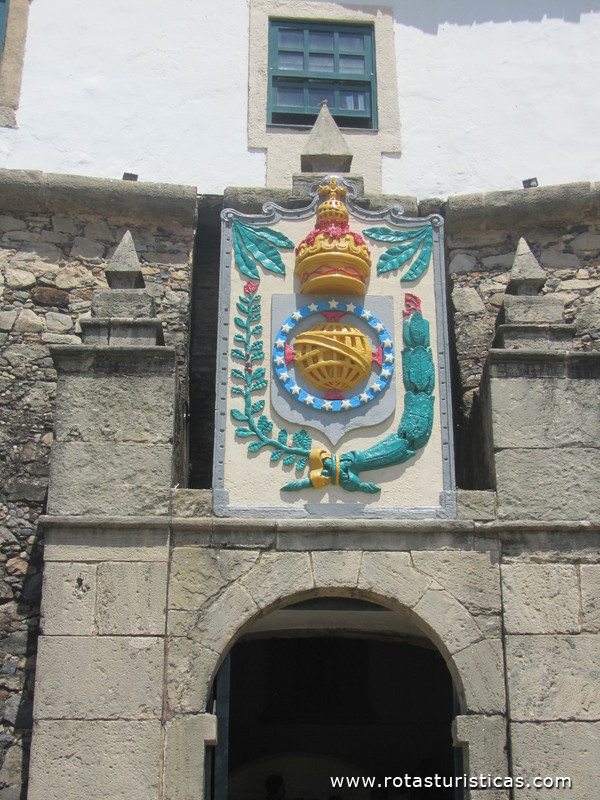 |
Church of the Conception of Prai (Salvador da Bahia) |
| 1,0 Km |
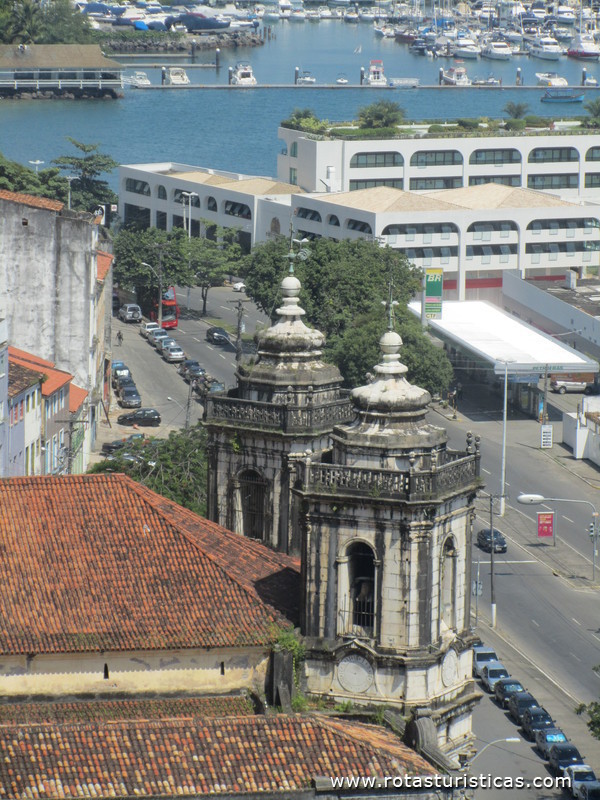 |
Fallen Cross Monument (Salvador da Bahia) |
| 1,0 Km |
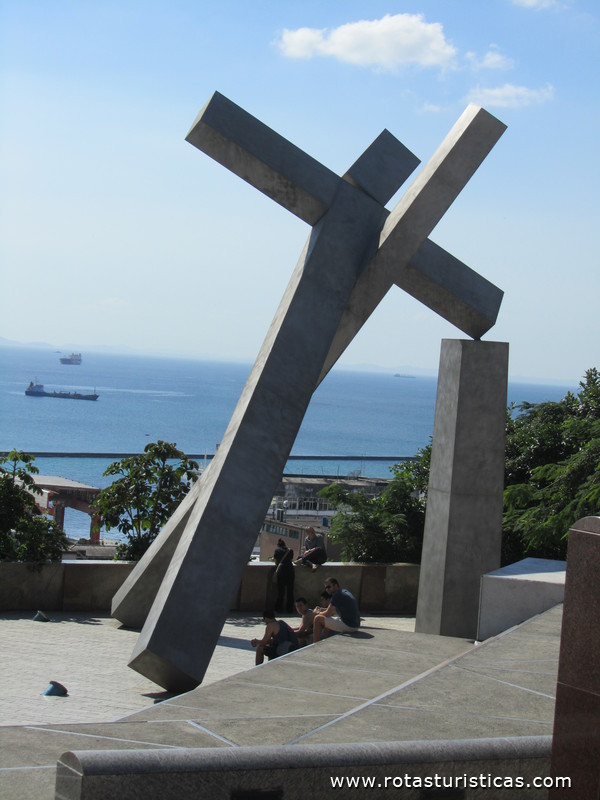 |
Casa de Jorge Amado Foundation |
| 1,1 Km |
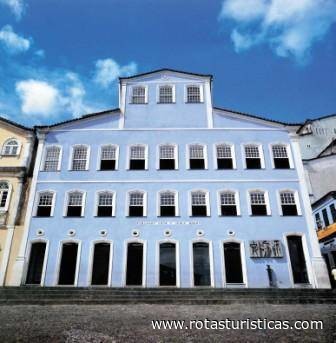 |
City Museum |
| 1,2 Km |
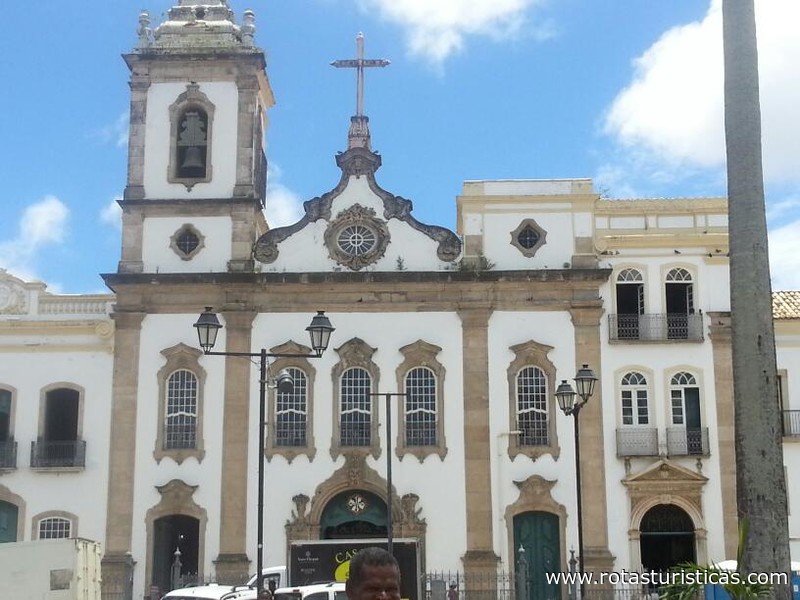 |
Museum of Bahian Gastronomy |
| 1,2 Km |
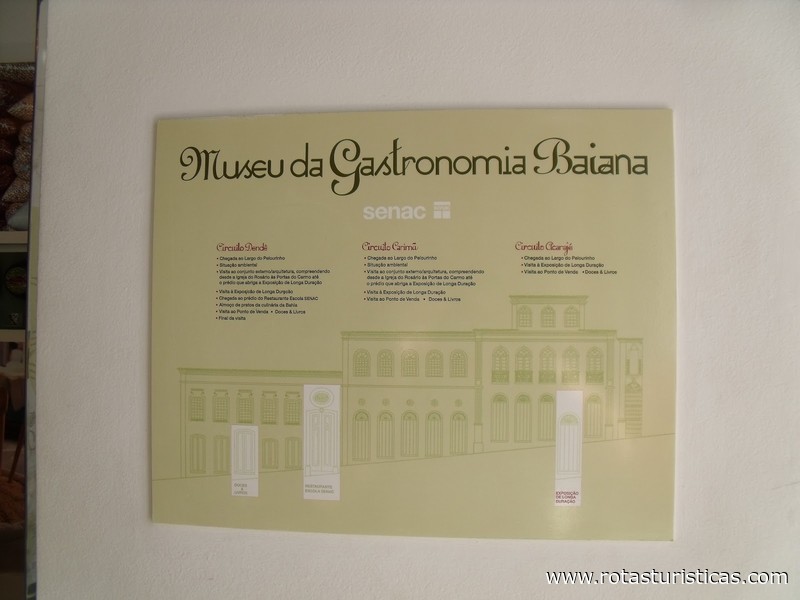 |
Hostel of the Convent of Carmo (Salvador) |
| 1,4 Km |
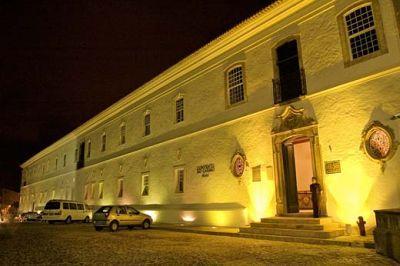 |
Salvador City |
| 1,7 Km |
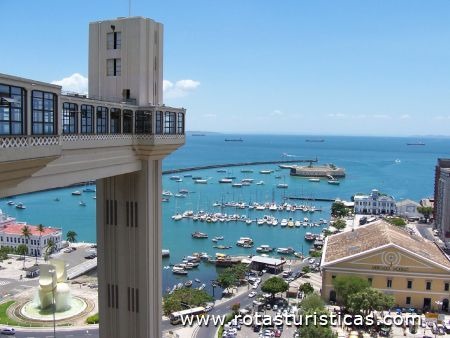 |
Udo Knoff Museum of Tiles and Ceramics |
| 1,8 Km |
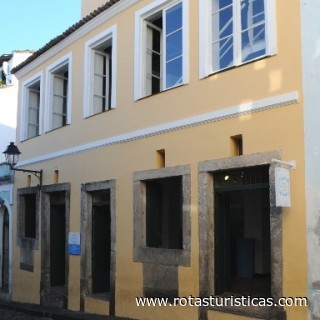 |
Bahia Geological Museum |
| 1,9 Km |
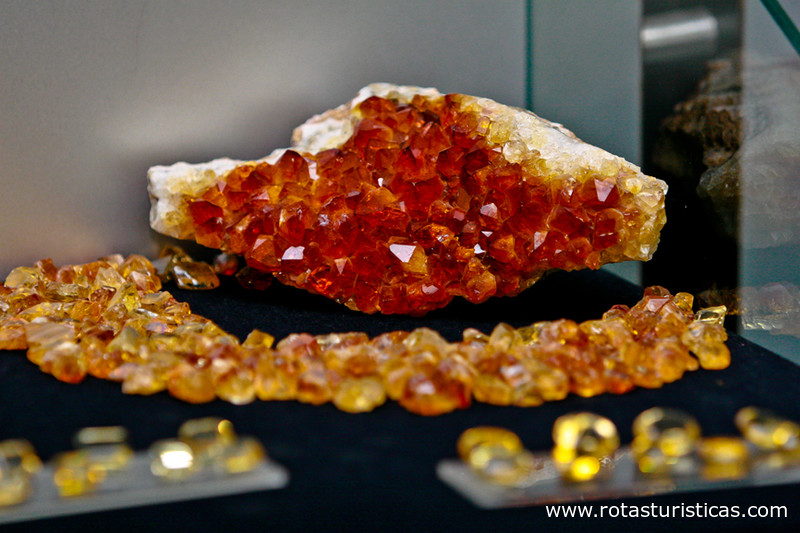 |
Bahia Science and Technology Museum |
| 9,3 Km |
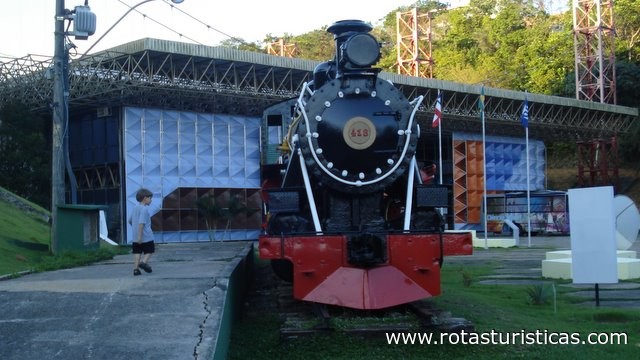 |
Hotel reservation near Museum of Sacred Art within a radius of 20 km
Why to book with CLUBE TRAVEL
The best prices
Our partnerships with the world´s largest operators offer research on the best market prices.
More options
At Rotas Turisticos you can book the hotel, buy the air ticket, book the transfer from the airport to the hotel and vice versa, book the local excursions, rent the car, take travel insurance and consult the places to visit and where to go.
Holiday Tips & Destinations
Hundreds of holiday destinations with all the options that allow you to easily choose the destination that best suits your dream vacation.
CLUBE TRAVEL
Links


